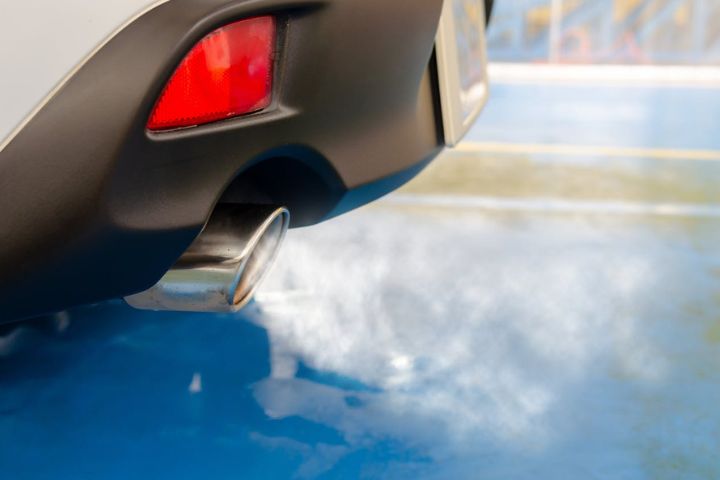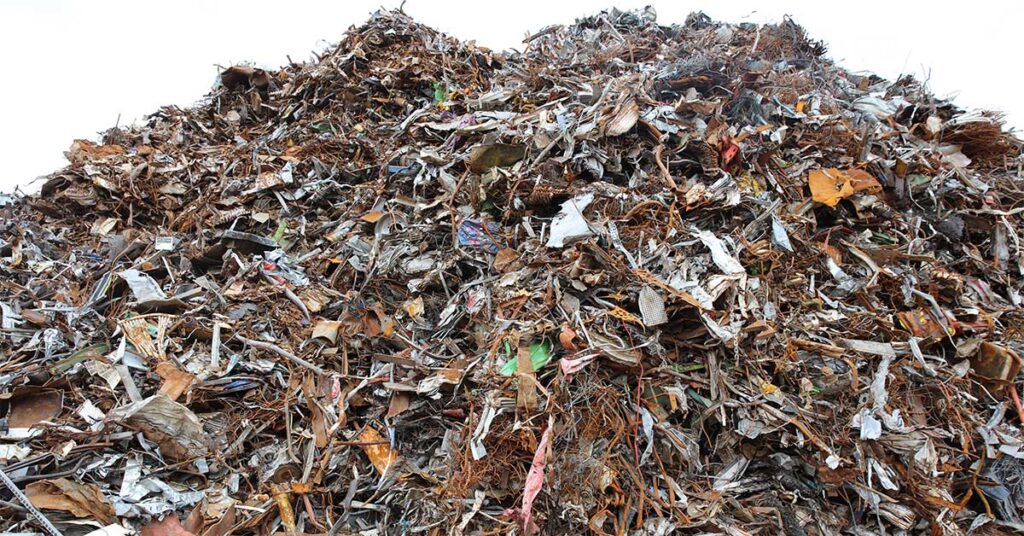Discover the essential maintenance guide for the top 10 most frequently replaced car parts in Australia & how to keep your vehicle in top condition
Ever wondered what that bulky bit of metal under your car does - the one that seems to cost a small fortune to replace? That’s your catalytic converter, a small but mighty part of your vehicle’s exhaust system.
It plays a big role in reducing pollution and keeping your car roadworthy. In this guide, we’ll break down what it does, how much it costs, signs it’s going bad, and what it’s worth as scrap.
A catalytic converter is a device fitted to a vehicle’s exhaust system. Its job is to convert toxic gases from the engine into safer emissions before they leave the exhaust pipe.
It’s essential for meeting environmental standards and keeping the air cleaner.


Inside the catalytic converter is a ceramic or metallic honeycomb coated with precious metals like platinum, palladium, and rhodium. As exhaust gases pass through, these metals trigger chemical reactions.
Harmful gases like carbon monoxide, nitrogen oxides, and hydrocarbons are transformed into less harmful substances - mainly carbon dioxide, nitrogen, and water vapour.
Without a catalytic converter, your car would release toxic fumes straight into the atmosphere. That’s not only bad for the planet but also illegal in most places.
In Australia, it’s a must-have for vehicles to meet emissions regulations and pass inspections.
It acts like a pollution filter for your exhaust. While your engine burns fuel to power your car, it creates a cocktail of gases. Some of these are dangerous if released untreated. The catalytic converter steps in to clean things up.
The converter focuses on three main pollutants - carbon monoxide (a deadly gas), nitrogen oxides (which contribute to smog), and hydrocarbons (unburnt fuel that contributes to smog and health problems).
By reducing these, your vehicle runs cleaner and is safer for the environment.


The magic happens thanks to metals like platinum, rhodium, and palladium. These act as catalysts - they speed up the reactions without being used up.
That’s why catalytic converters are expensive and valuable, even when scrapped.
Catalytic converters help Australia stay on track with emissions targets and cleaner air standards. They’re one of the unsung heroes in our fight against air pollution from cars. Without them, vehicle emissions would be far worse.
Like any part, catalytic converters can wear out or get damaged. Here’s how to spot if yours is on its way out — before it hits your wallet too hard.
The most obvious clue is the check engine light. If it lights up, especially alongside error codes related to emissions or oxygen sensors, your catalytic converter might be struggling. A diagnostic scan at a garage can confirm it.
If your car feels sluggish or your fuel economy drops, a clogged converter could be the culprit. It can restrict exhaust flow, making the engine work harder. That means more fuel burned and less power delivered.


A rattling sound from under the car could mean the internal parts of the converter have broken up. A smell like rotten eggs? That’s a sure sign the converter’s not processing hydrogen sulphide properly. Both mean it’s time for a check-up.
It’s not the cheapest part to replace, but knowing what affects the cost helps avoid nasty surprises. Costs vary widely, depending on your car and the type of converter it needs.
The size and type of converter, labour costs, and whether it’s an original or aftermarket part all make a difference.
Luxury and imported vehicles tend to have more expensive parts and higher labour fees. Some vehicles even have more than one converter.
In Australia, the cost to replace a catalytic converter usually sits between $300 and $3,000. For standard passenger cars, it’s commonly $500 to $1,500. High-performance or European models can push the price much higher.
OEM (original equipment manufacturer) parts are usually pricier but made to factory specs.
Aftermarket converters are cheaper but may not last as long or meet emission standards in every state. It’s a trade-off between price and reliability.
Even when it’s no good for your car, your old catalytic converter still has value. Scrap dealers and recyclers are keen on the precious metals inside - and that means cash in your pocket.


Platinum, rhodium, and palladium aren’t just fancy words - they’re extremely valuable. These metals can be extracted and reused, which is why converters fetch decent prices as scrap, even if they’re worn out.
Prices can vary from $50 to $250 per unit, depending on the type, condition, and current metal prices. Larger converters or those from hybrid vehicles tend to be worth more. Always check with a local buyer for up-to-date rates.
Technically? Maybe. Legally and environmentally? Absolutely not. Driving without one is risky business in more ways than one.
It’s illegal in Australia to remove or disable a catalytic converter on a road-registered vehicle. Doing so can lead to fines, failed inspections, and even voided insurance. Not worth the trouble for a few extra horsepower or noise.
Without it, your car pumps out higher levels of toxic gases. That’s a fast track to environmental damage - and it can also hurt your engine performance. The system’s designed to run with the converter in place.
Don’t toss it in the bin - that’s a waste of money and resources. Recycling your old converter is the smart and responsible move.


Contact a local car wrecker, scrap metal buyer, or recycling service that handles vehicle parts. Many will collect it directly or offer a drop-off point. They’ll extract the metals and recycle them safely.
Services like ABCM Car Removal often handle catalytic converters as part of their scrap car process.
If you're selling a whole vehicle, they’ll assess the converter as part of the valuation. That means you could get more cash for your car.
They might not be the flashiest part of your car, but catalytic converters do a lot of heavy lifting for your engine, the environment, and even your wallet.
Whether you’re facing a replacement, looking to sell one, or just curious, knowing the basics helps you make smart choices. Plus, if it ever rattles, smells weird, or lights up your dash, you’ll know why.
Discover the essential maintenance guide for the top 10 most frequently replaced car parts in Australia & how to keep your vehicle in top condition
Explore the journey of car parts in Australia, from manufacturing to recycling. Understand the industry's focus on sustainability and future trends
Learn how to select the right spare parts for your vehicle in Australia. Understand your car's needs, navigate the auto market & ensure part compatibility
Dive into our comprehensive guide on vehicle anatomy, uncovering key components of your car. Enhance your knowledge for better maintenance & smoother journeys